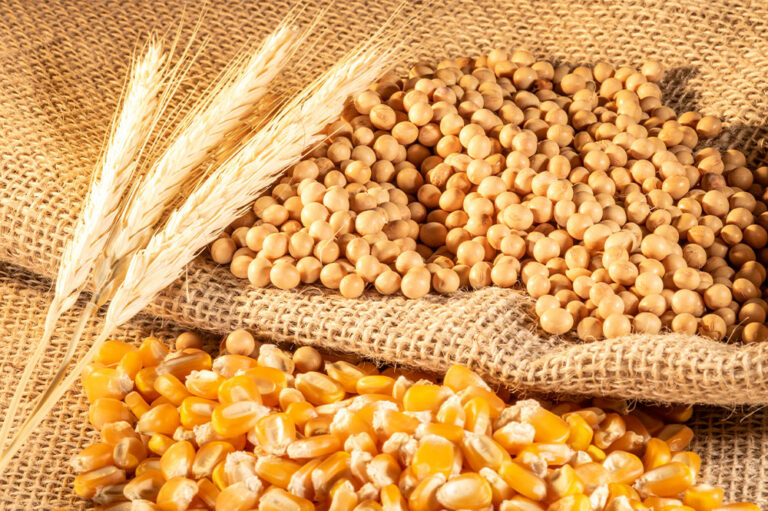
8 warning signs that indicate excess sugar intake
After the pandemic, diabetes has been reported to be on the rise. This is because low-grade inflammation caused by the virus may worsen pre-existing diabetes due to high insulin resistance. Moreover, studies have shown that the virus can multiply within insulin-producing pancreatic beta-cells and weaken the secretion and synthesis of insulin. Therefore, one must avoid excess sugar intake and be aware of the eight noticeable signs of excess sugar intake. Feelings of irritability Studies indicate that eating foods with too much sugar may lead to irritability, stress, and moodiness. Sugar-rich foods contain less protein and fats which may lead to spikes in blood sugar levels. In turn, the body will rush to process the compounds and cause the energy levels to crash. Foods don’t taste sweet anymore Sometimes you may feel that the sugar-laden foods you consume are not as sweet as it once was. It may be an indication that you are consuming too much sugar. You may also find yourself less satisfied when you consume foods with low sugar content. Excess visceral fat Sugar is also known to affect leptin, a hormone that signals the brain when you have enough to eat. And processed snacks are rich in sugar but low in protein, healthy fats, and fibers.
Read More 











